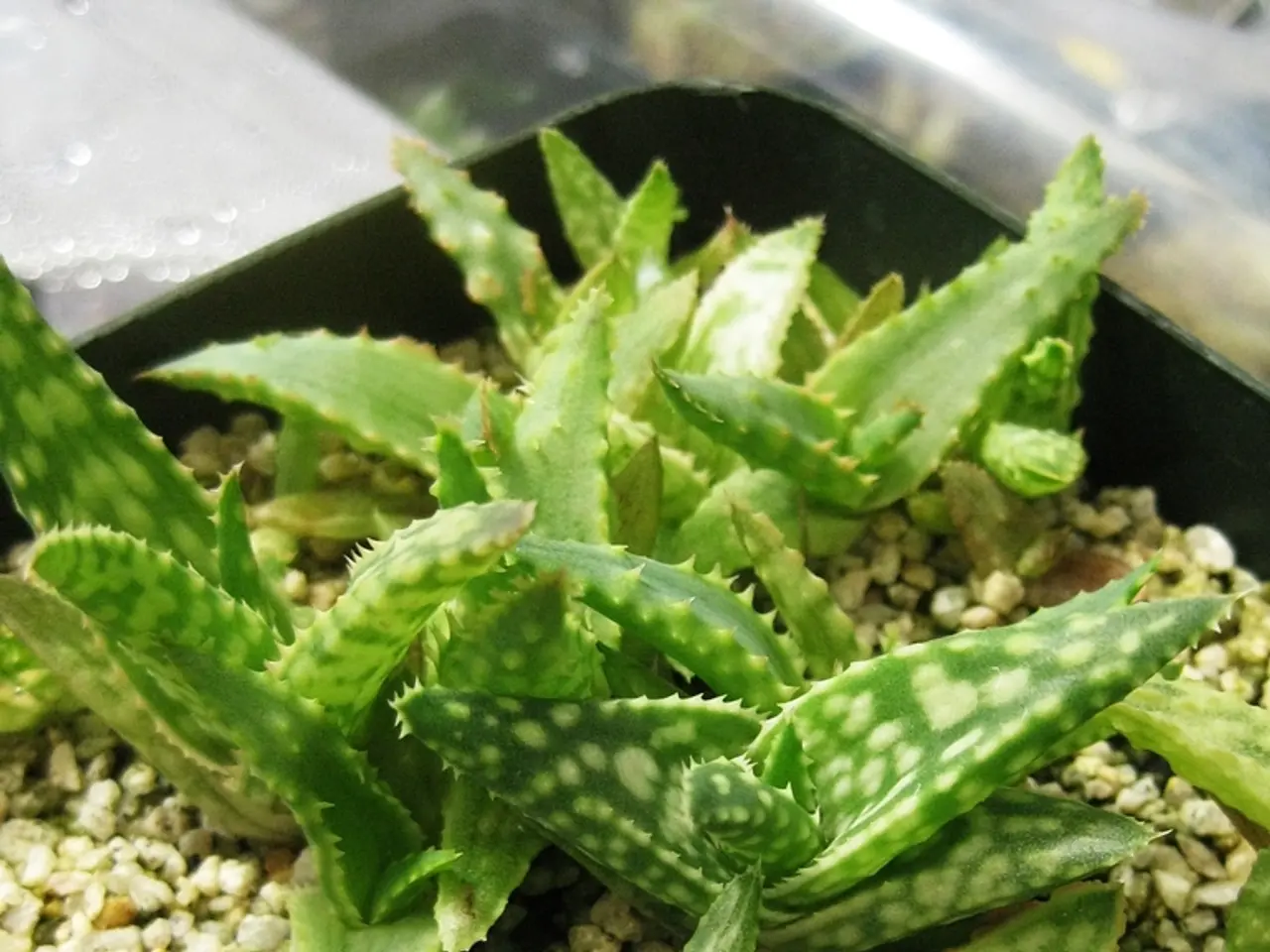Natural Treatments for Typical Skin Cuts
In the event of a skin laceration, it's essential to approach treatment with care and awareness. Before turning to plant-based remedies, assess the wound's ability to heal and be mindful of potential side effects, particularly in children and those with allergies. Lacerations on sensitive areas such as the face, eyes, genitals, or any part of the genitals necessitate immediate medical attention.
Fortunately, nature offers several effective herbal remedies to promote skin laceration healing and alleviate symptoms. Here are some of the most beneficial herbs and their uses:
1. Calendula (Calendula officinalis): Known for its antimicrobial and anti-inflammatory properties, calendula supports wound healing, reduces inflammation, and soothes irritated skin. It can be used topically as an infused oil or as a component in healing salves, applied to clean wounds to promote faster healing and reduce infection risk.
2. Comfrey: Traditionally used in poultices, comfrey contains compounds that encourage tissue regeneration and soothe the skin, making it beneficial for abrasions and lacerations when applied as a poultice or in salves.
3. Aloe Vera: Aloe vera gel has moisturizing, anti-inflammatory, and wound-healing properties. It can be applied directly to minor cuts and abrasions to relieve pain, minimize scarring, and support collagen production. Aloe vera is also antibacterial, helping to reduce the risk of infection.
4. Helichrysum: Known for its ability to calm inflammation and repair damaged skin, helichrysum oil may help accelerate healing and reduce redness around wounds.
5. Natural antibiotic herbs and ingredients: Oils such as medical honey and tinctures from herbs like echinacea have antimicrobial effects that help fight bacterial infections in wounds when applied topically.
To make the most of these herbal remedies, follow these guidelines:
1. Prepare a Healing Salve or Poultice: Infuse dried calendula flowers in a carrier oil (such as olive or coconut oil) to make calendula oil. Combine calendula oil with beeswax and other healing herbs (like comfrey) in a double boiler to create a healing salve. Add essential oils (e.g., helichrysum) once the mixture cools to about 120°F, then pour into containers to solidify. Use the salve similarly to conventional wound ointments, applying it on clean lacerations to soothe and protect.
2. Direct Application of Aloe Vera Gel: Use fresh aloe vera gel or a pure aloe product. Apply a thin layer directly on small cuts or abrasions to soothe pain, reduce inflammation, and aid healing.
3. Ensure Wounds are Clean: Before applying any herbal remedy, thoroughly clean the wound area with water or a mild antiseptic to prevent infection.
4. Frequency of Application: Apply herbal salves or aloe vera 1-3 times daily as needed. Monitor the wound for signs of healing or any adverse reactions. If the wound worsens or shows signs of infection, seek medical attention.
In conclusion, these herbal remedies are effective natural supports for skin laceration healing and symptom relief when used properly, complementing standard wound care practices. Always remember to consult a healthcare professional if you have concerns or if the wound shows signs of infection.
Incorporating science-backed herbs into health-and-wellness routines can significantly contribute to better wound healing, as demonstrated by the use of Calendula, Comfrey, Aloe Vera, Helichrysum, and natural antibiotic herbs. Properly prepared healing salves with these herbs can reduce inflammation, accelerate healing, and lower infection risks when applied to clean lacerations. Aloe Vera gel, when directly applied to minor cuts or abrasions, can help relieve pain and support collagen production for minimal scarring. Being mindful of wound treatments, consider the unique health needs, such as diabetes, when selecting herbal remedies and always prioritize cleanliness to prevent infection.




